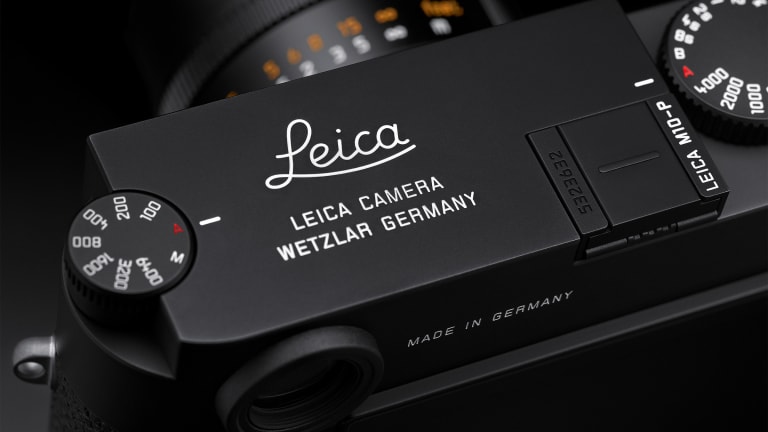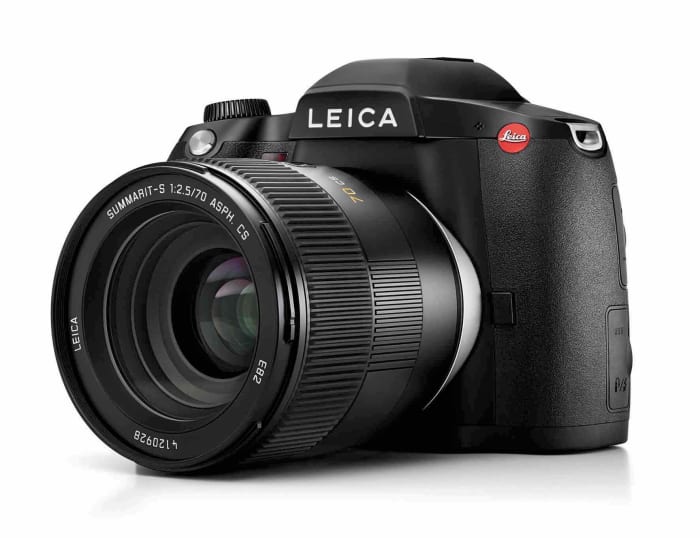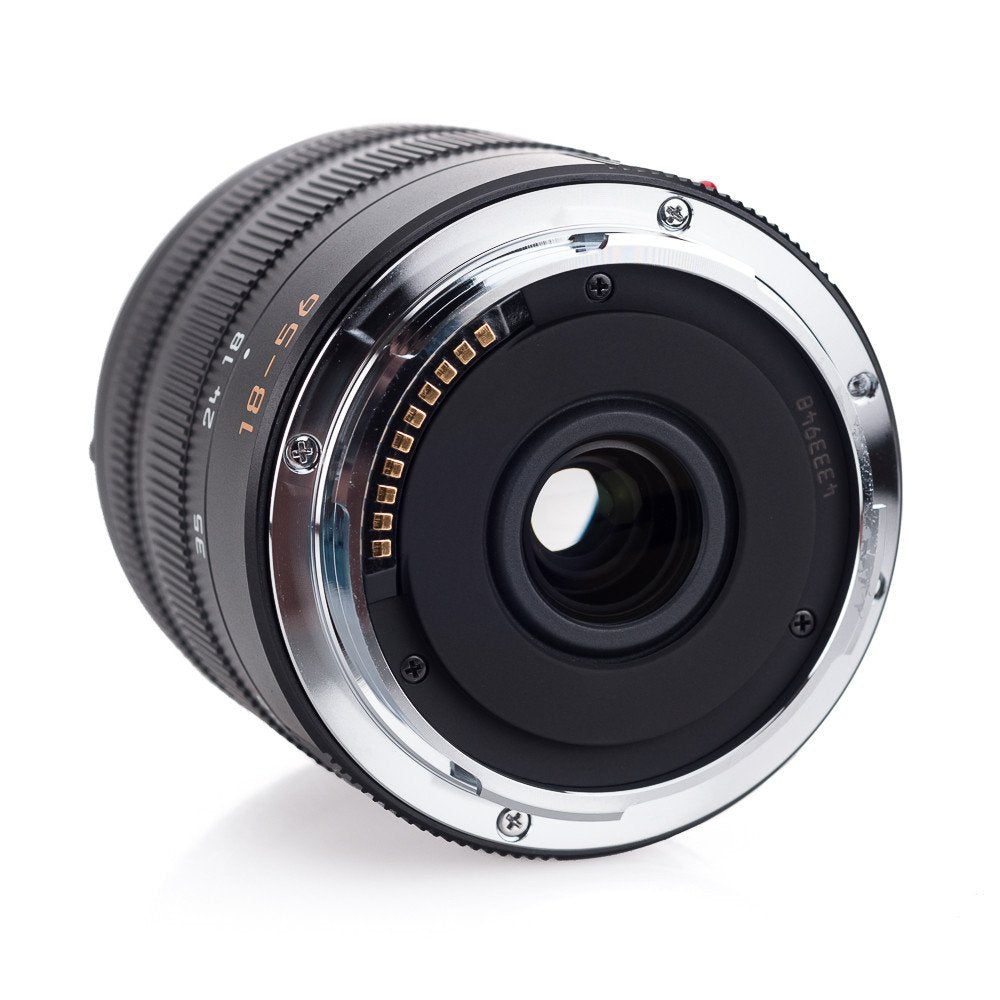
2014), and helps to maintain a safe distance to obstacles (Lecoeur et al. Moreover, motion parallax created by translatory self-motion is an important source of depth information for flying insects (Schwegmann et al. Optic flow cues also provide information about changes in course, thus guiding straight flight paths (Linander et al. 2006, 2021) and below confining structures (Portelli et al. 2009), and height above the ground (Kennedy and Marsh 1974 Kuenen and Baker 1982 Baird et al. Translational optic flow cues are also used to control flight speed (David 1982 Baird et al.

Insects compensate for imbalances in this lateral optic flow, and thereby minimise the risk of colliding with nearby obstacles, by steering towards the side experiencing the lower magnitude of optic flow (Kirchner and Srinivasan 1989 Serres et al.

Keeping a safe distance from potential obstacles is achieved with the so-called centring response, which balances the perceived front-to-back translational optic flow experienced in the lateral field of view of each eye, and thus enables them to maintain an equal distance between obstacles on each side. An environment with contrast edges perpendicular to the animals’ flight direction generates strong optic flow cues that can guide a number of flight control behaviours. The magnitude of the perceived translational optic flow (that is, optic flow generated by movement along, rather than rotation about, the animals’ body axes) reveals information about the structure of their surrounding environment (Schwegmann et al. 2014) called optic flow (Koenderink 1986). Insects in particular obtain information about their own position, their flight speed, their course and distance to nearby objects from wide-field image motion generated as they move through the air (Srinivasan et al. To safely navigate their environment, many flying animals rely on visual cues. We also observed strong individual differences in flight performance, but no correlation between the spatial response cutoffs and body or eye size. Combined with differences in flight speed, this suggests that their flight control was primarily limited by their temporal rather than spatial resolution. We show that their responses cut off at different spatial frequencies when translational optic flow was presented on either one, or both tunnel walls. We used the hawkmoths’ centring response in a flight tunnel as a readout for their reception of translational optic flow stimuli of different spatial frequencies. Here, we characterised the visual flight control response limits and their relationship to body size in an insect with superposition compound eyes: the hummingbird hawkmoth Macroglossum stellatarum. How optic flow-based flight control depends on the spatial structure of visual cues, and how this relationship scales with body size, has previously been investigated in insects with apposition compound eyes. These in turn can vary between individuals that differ in body size. Which cues insects can extract from their environment depends closely on the spatial and temporal response properties of their visual system.

To safely navigate their environment, flying insects rely on visual cues, such as optic flow.


 0 kommentar(er)
0 kommentar(er)
